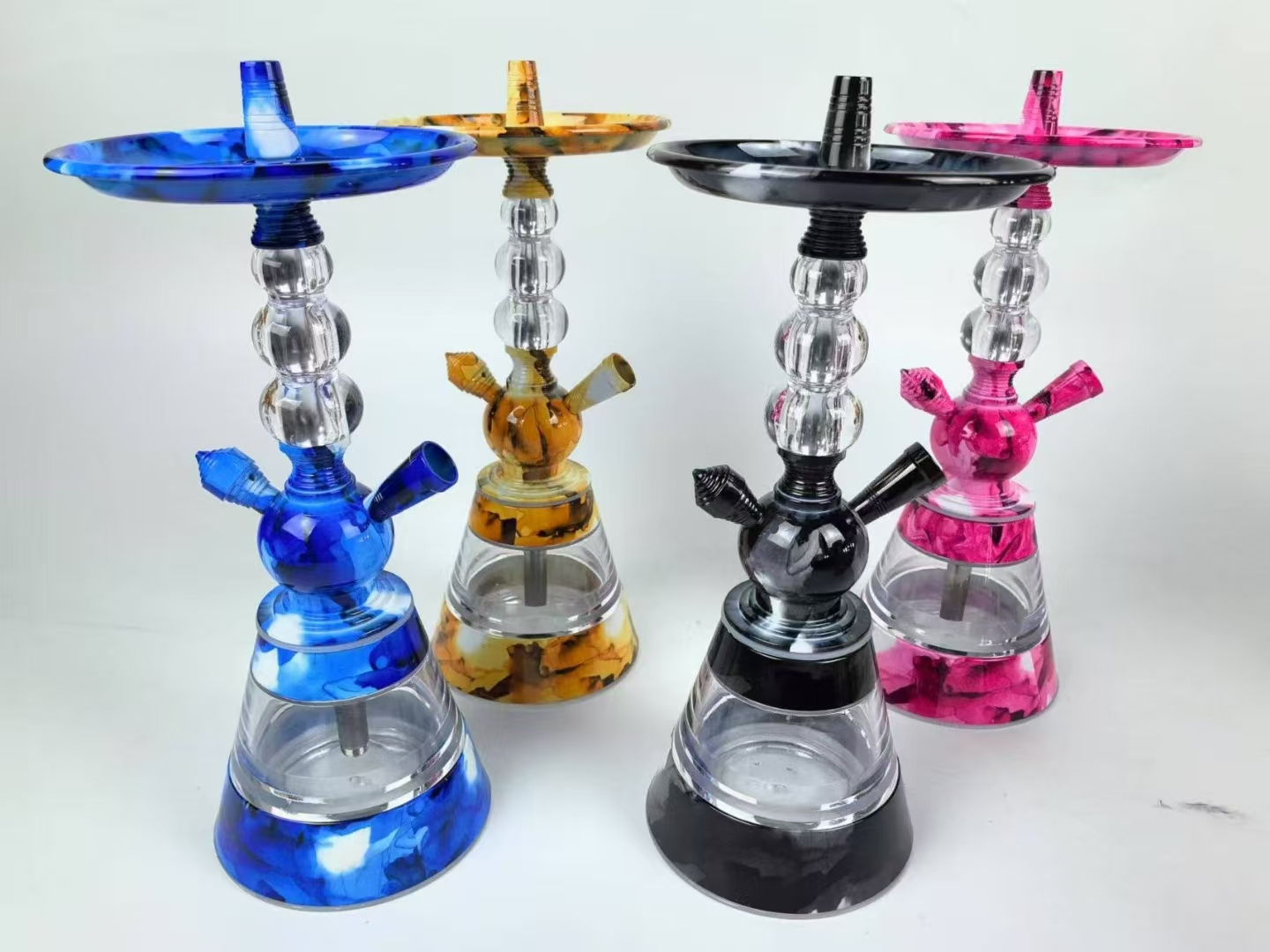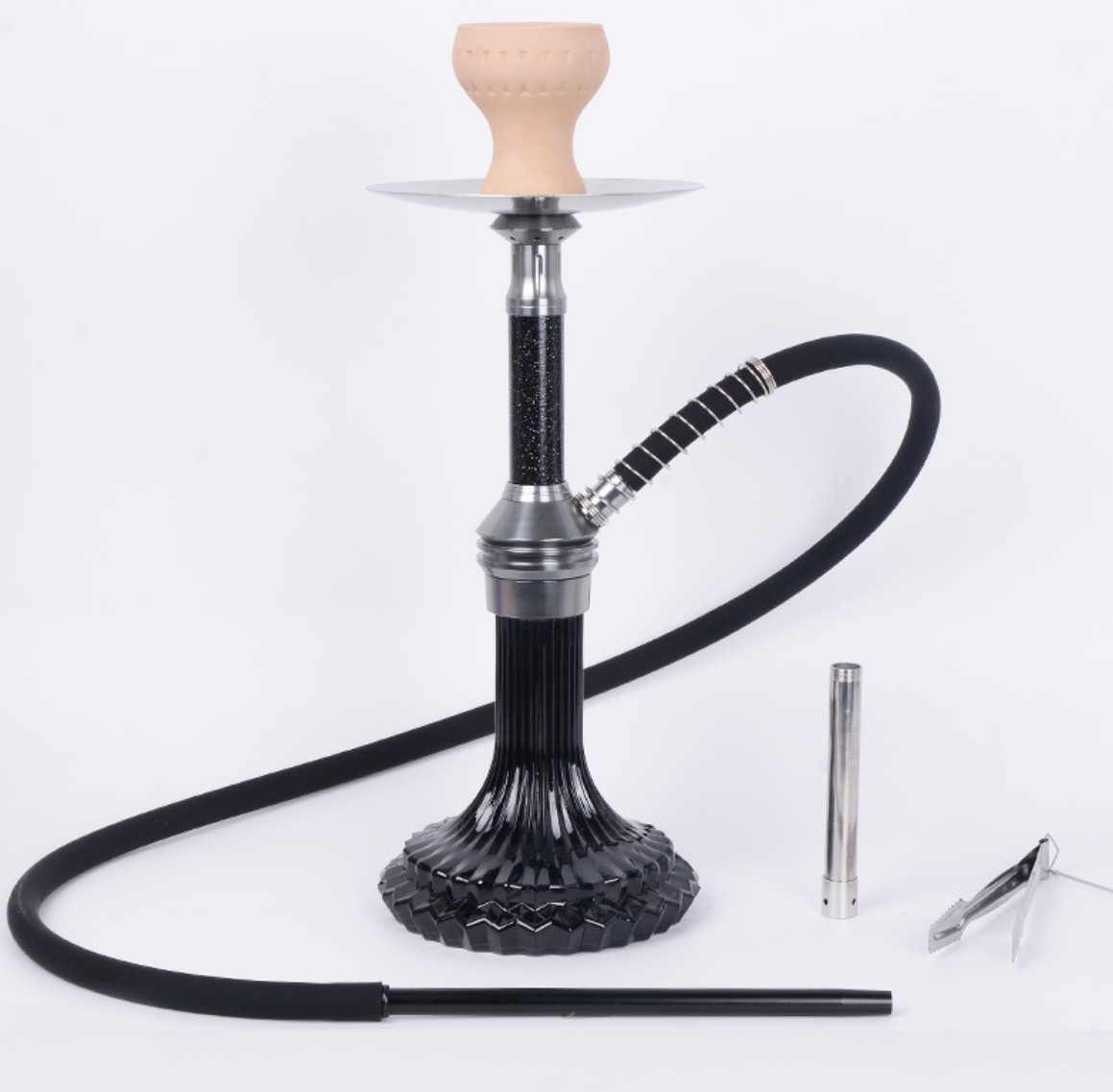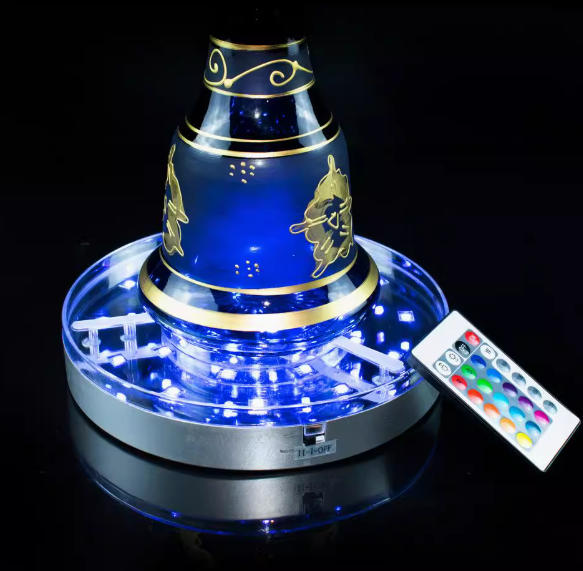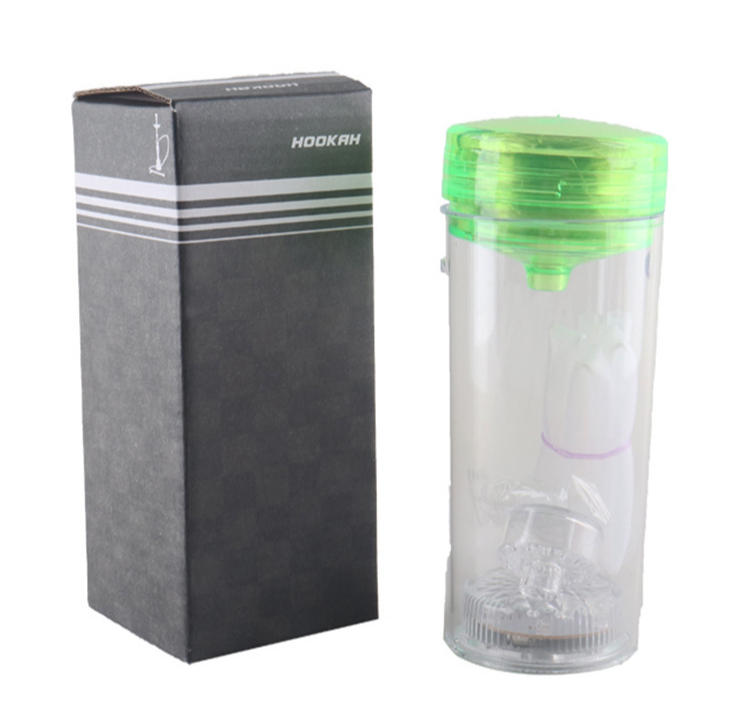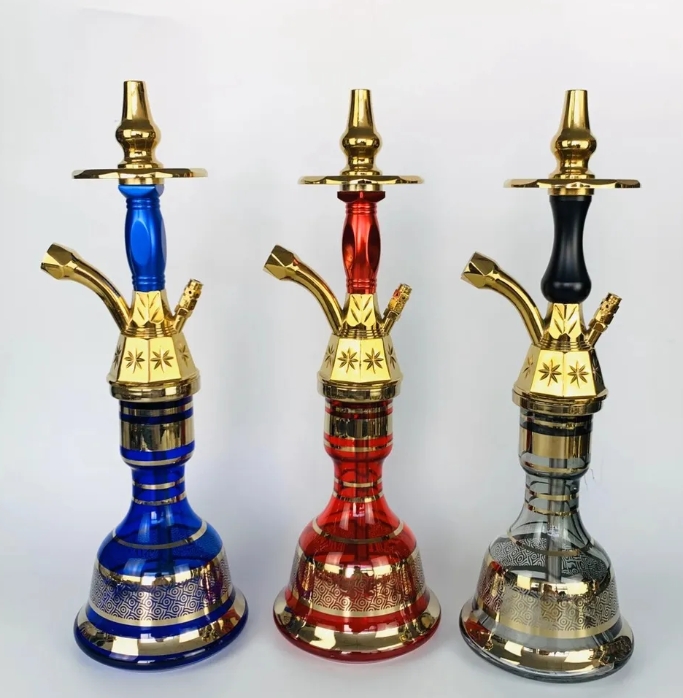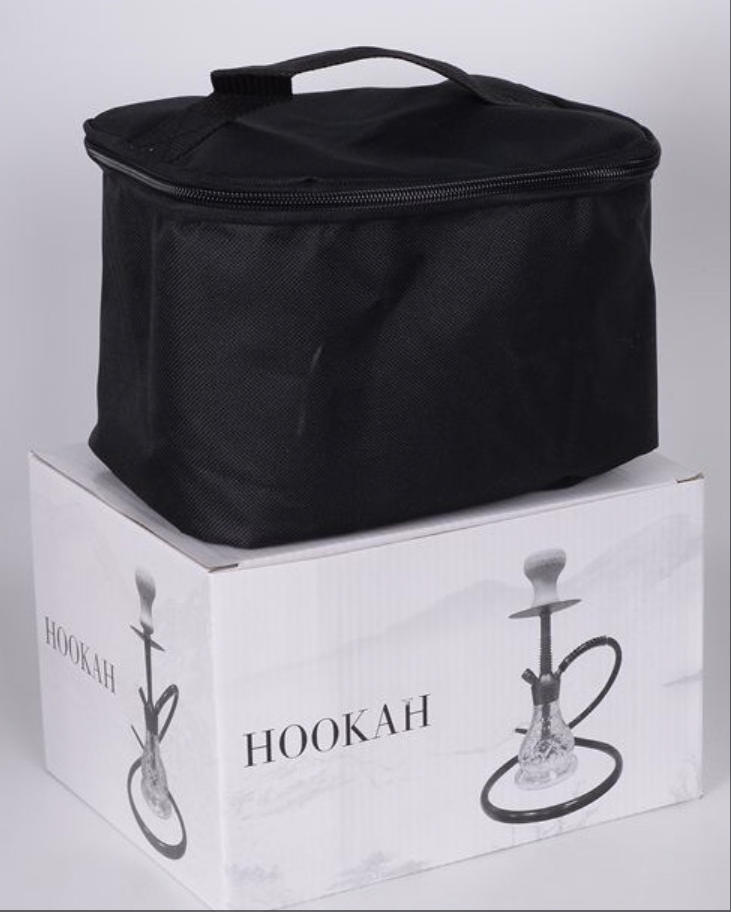Characteristics of Arabic Hookah
Table of Contents
-
Introduction
-
Conclusion
Introduction
The Arabic hookah, also known as shisha or nargile, is more than just a smoking device—it's a cultural icon with deep roots in Middle Eastern traditions. As a hookah enthusiast and wholesale supplier, I've seen firsthand how this beautifully crafted apparatus brings people together in social settings, from cozy cafes to vibrant hookah lounges. In this article, we'll explore the unique characteristics of Arabic hookah, from its intricate designs to its flavorful tobacco blends, and provide actionable tips for enthusiasts and newcomers alike. Whether you're searching for a hookah near me or curious about what is a hookah, this guide will spark your interest and deepen your appreciation.
Origins and Cultural Significance of Arabic Hookah
The Arabic hookah traces its origins to the Middle East, with historical records suggesting its use as early as the 16th century in Persia and Egypt. According to the World Health Organization, hookah smoking became a social ritual in Arab cultures, often enjoyed in communal settings to foster conversation and relaxation. In my experience visiting hookah lounges near me in Dubai and Cairo, the hookah is a centerpiece of hospitality, symbolizing warmth and camaraderie. Unlike a hookah vape, which is more modern, the traditional Arabic hookah carries centuries of heritage, making it a cherished part of cultural gatherings.
The cultural significance of the hookah lies in its role as a social catalyst. In Middle Eastern cafes, friends gather around a hookah to share stories, play backgammon, or enjoy music. This tradition has spread globally, with hookah bars in cities like London and New York adopting the same communal spirit. Understanding this history helps appreciate why the Arabic hookah remains a beloved choice for enthusiasts.
Design Elements of Arabic Hookah
The aesthetic appeal of an Arabic hookah is one of its defining characteristics. Unlike modern portable hookah models, traditional Arabic hookahs are known for their intricate designs. The base, often made of hand-blown glass, features vibrant colors and patterns, such as swirling blues or ornate golds. The stem, typically crafted from brass or stainless steel, is engraved with floral motifs or Arabic calligraphy, reflecting skilled craftsmanship.
In my wholesale business, I've sourced Khalil Mamoon hookahs, a renowned Egyptian brand, which exemplify these design elements. Their tall, elegant stems—often 30 to 40 inches—enhance both aesthetics and functionality by allowing smoke to cool before inhalation. The hose, traditionally wrapped in leather or fabric, adds a tactile elegance, distinguishing Arabic hookahs from simpler hookah pens. These design choices not only make the hookah visually striking but also contribute to a smoother smoking experience.
Materials Used in Arabic Hookah Construction
The materials used in crafting an Arabic hookah are critical to its quality and performance. The base is typically made from high-quality glass, which is durable yet delicate, allowing for intricate designs. According to Hookah-Shisha.com, premium Arabic hookahs often use hand-blown glass for its clarity and strength. The stem, made from brass, copper, or stainless steel, ensures longevity and resistance to rust, which is essential given the hookah’s exposure to water.
The hose in traditional Arabic hookahs is often crafted from leather or high-grade silicone, providing flexibility and comfort. The bowl, where hookah tobacco is packed, is typically made from clay or ceramic to withstand high temperatures from hookah coals. In my experience, brands like Al Fakher recommend clay bowls for their ability to evenly distribute heat, enhancing flavor. These materials ensure the hookah is both functional and a work of art, appealing to those searching for a hookah for sale.
Unique Features of Arabic Hookah Smoking Experience
The smoking experience of an Arabic hookah is distinct from that of a hookah vape pen or electronic hookah. The water filtration system cools the smoke, making it smoother and less harsh on the throat. In my visits to hookah lounges in Amman, Jordan, I noticed how the large base and long hose allow for prolonged, leisurely sessions, often lasting 45–60 minutes. This slow-paced experience is ideal for social settings, where users pass the hose among friends.
Another unique feature is the use of natural hookah charcoal, such as coconut-based coals, which burn cleaner and longer than quick-light alternatives. According to a study by the American Lung Association, natural coals produce less harmful chemicals, enhancing the safety of the smoking experience. The ability to customize the setup—adjusting water levels or coal placement—also allows users to tailor the smoke’s thickness and flavor, making each session unique.
Popular Arabic Hookah Flavors and Tobacco
Arabic hookahs are synonymous with rich, aromatic hookah flavors. Traditional blends, such as Al Fakher’s Double Apple, offer a sweet-tart taste that’s a staple in Middle Eastern lounges. Other popular flavors include mint, grape, and rose, often mixed for a personalized experience. In my wholesale dealings, I’ve found that brands like Al Fakher and Starbuzz dominate due to their high-quality molasses-based tobacco, which burns evenly and produces thick clouds.
For those concerned about health, tobacco-free hookah options, like herbal shisha, are gaining popularity. These blends, made from sugarcane or fruit pulp, offer similar flavors without nicotine. According to a 2023 market report by Statista, the global demand for flavored hookah tobacco is expected to grow by 5% annually, reflecting the popularity of these aromatic blends. Experimenting with mixes—like mint with watermelon—can elevate the experience, making it a favorite at hookah bars near me.
Actionable Tip: Mixing Flavors
To create a unique flavor profile, try blending 60% Double Apple with 40% Mint in a clay bowl. Pack the tobacco loosely to ensure even burning, and use two coconut coals for optimal heat. This mix delivers a refreshing yet bold taste, perfect for a hookah lounge setting.
Tips for Choosing and Maintaining an Arabic Hookah
Choosing the right Arabic hookah involves considering size, material, and brand. For beginners, a medium-sized hookah set (around 24–30 inches) from brands like Khalil Mamoon or Mya is ideal for ease of use and durability. Check for a sturdy glass base and a rust-resistant stem to ensure longevity. When sourcing for my wholesale business, I prioritize hookahs with replaceable parts, like hoses and bowls, for easy maintenance.
Maintaining your hookah is crucial for consistent performance. Clean the base with warm water and a mild dish soap after each use to prevent residue buildup. Use a long brush to scrub the stem, and rinse the hose if it’s washable. According to Hookah.org, regular cleaning can extend a hookah’s lifespan by years. For hookah coals, store them in a dry place to prevent crumbling, and always use a heat management device to control temperature and avoid burning the tobacco.
Actionable Tip: Cleaning Schedule
Set a weekly cleaning routine: disassemble the hookah, soak the base in a vinegar-water solution (1:3 ratio) for 10 minutes, and scrub with a soft brush. Rinse thoroughly and air-dry to maintain flavor purity and prevent mold.
Conclusion
The Arabic hookah is a blend of artistry, tradition, and social connection. From its ornate designs to its rich flavors, it offers a unique smoking experience that’s both relaxing and communal. Whether you’re exploring a hookah shop near me or setting up your own hookah at home, understanding its characteristics enhances your appreciation. By choosing quality materials, experimenting with hookah flavors, and maintaining your device, you can enjoy this cultural tradition safely and authentically. So, grab a hose, invite some friends, and let the Arabic hookah spark your next gathering!
